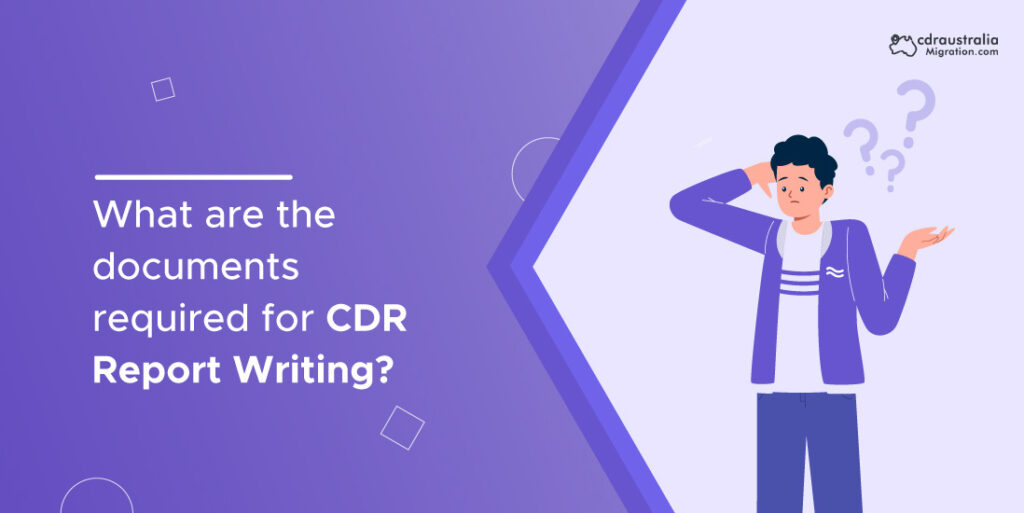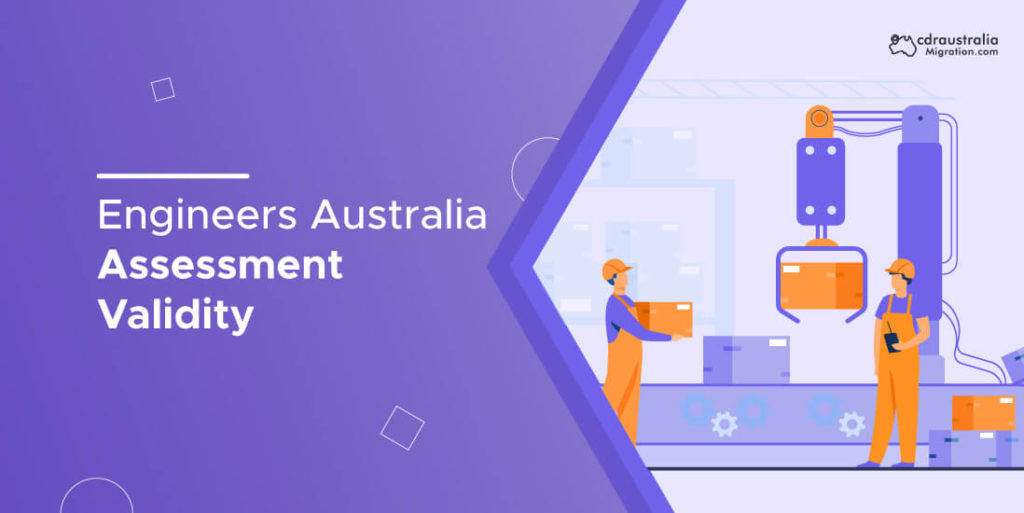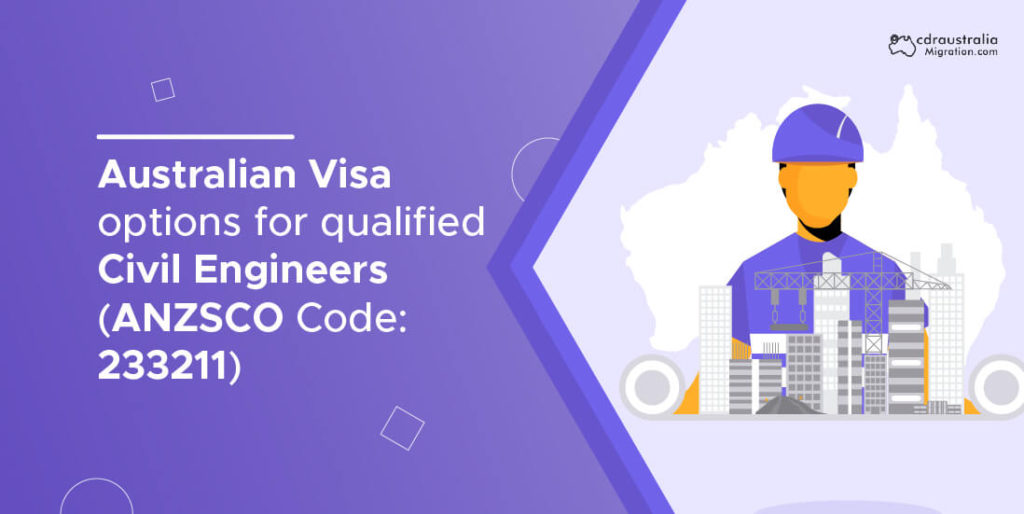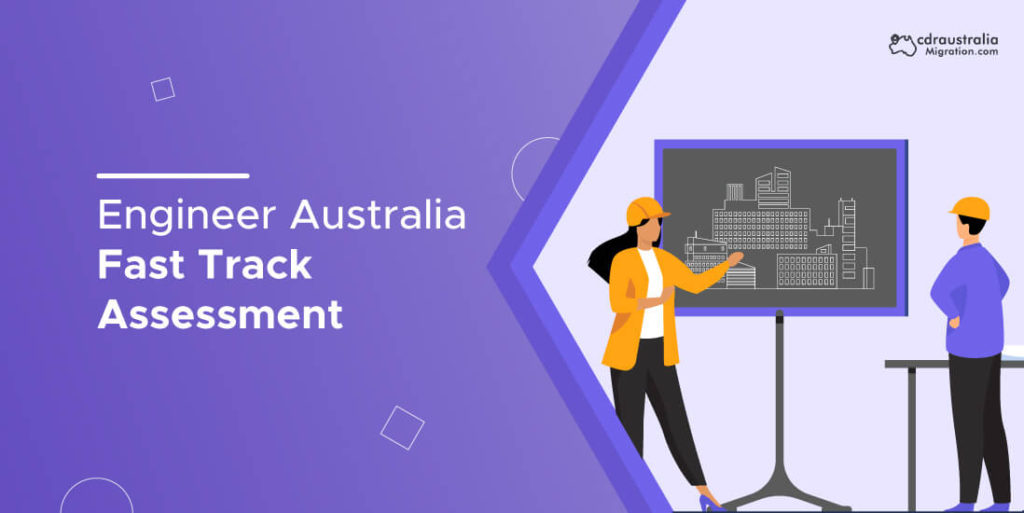What is the CDR Writing Process for Engineers Australia?
Are you an aspiring engineer looking to work in Australia? Before you can work as an engineer in Australia, you have to pass a test from Engineers Australia (EA). Part of this test is writing something called a Competency Demonstration Report (CDR). The whole process is called the CDR writing process. This report is really important because it shows if your education and experience match what EA wants for skilled migration. In simpler words, the report helps EA decide if you’re qualified enough to work as an engineer in Australia. Here’s a simplified guide to help you understand and ace the CDR writing process. Understanding the CDR Writing Process A Competency Demonstration Report (CDR) is like a special report that engineers need to make if they want to work in Australia or get recognized as professional engineers there. In this report, engineers talk about their education, work experience, and the projects they’ve worked on. The report shows how good they are at engineering and if they meet the standards set by Engineers Australia. It’s kind of like showing off their skills and experience to get approved to work as engineers in Australia. It comprises three main components: Three Career Episodes Summary Statement Continuing Professional Development (CPD) Statement Let’s break down these topics and discuss them one by one: 1. Three Career Episodes The Three Career Episodes in a CDR writing process are like short stories engineers write to show off their skills. Each story talks about a different project they worked on. It’s a way for them to prove they’re good at different parts of engineering by sharing examples of their work. Here are some tips for writing Career Episodes for Engineers Australia: Career Episodes are about sharing your education and work experiences in engineering through three specific projects. When CDR writing process, remember to: Talk about projects from your studies or current job. Follow Engineers Australia’s rules: Write in English. Keep each episode between 1500 and 2500 words. Show your engineering skills clearly. Focus on your role, not just your team’s. Use “I” when talking about your actions. Highlight the methods you used to solve problems. Number each paragraph. By following these tips, you’ll create good Career Episodes that meet Engineers Australia’s standards. Here’s a breakdown of the sections required in Career Episodes for Engineers Australia: a. Introduction Start with a brief introduction, about 100 words long, providing basic details like dates, duration, location, organization name, and your position title. b. Background This section, around 200 to 500 words, gives an overview of the engineering project you worked on, including its objectives, your specific role, and where you fit into the project’s organizational structure. c. Personal Engineering Activity The main part of your Career Episode is where you talk about what you did on the project. Describe how you applied your engineering skills, the tasks you were assigned, any technical challenges you faced, how you solved them, and your contributions to teamwork. d. Summary Conclude with a summary, around 50 to 100 words, highlighting the key points discussed in the previous sections. This includes summarizing your roles and responsibilities, how the project contributed to your goals and any significant outcomes. These sections help structure your Career episodes, making it easier for Engineers Australia to understand your experiences and competencies. 2. Summary Statement The Summary Statement in a Competency Demonstration Report (CDR) is like a summary of your engineering skills and experiences. It shows how well you meet the standards set by Engineers Australia. You talk about specific examples from your career episodes to prove that you’re good at what you do. It’s important to show that you’re qualified to work as an engineer in Australia. 3. Continuing Professional Development (CPD) Statement The Continuing Professional Development (CPD) Statement in a Competency Demonstration Report (CDR) is a record of the extra learning you’ve done to get better at engineering. It shows workshops, courses, or conferences you attended after your regular studies. This statement proves you’re committed to learning and getting better as an engineer, which is important for approval by Engineers Australia. Learn More: Guide to a perfect CPD for your skills assessment.👌🔥⬅️ Step-by-Step Guide to Write CDR 1. Choose Your Engineering Category Identify the occupational category that best aligns with your engineering qualifications and experience. EA recognizes four categories: Professional Engineer, Engineering Technologist, Engineering Associate, and Engineering Manager. 2. Gather Necessary Documents Collect all relevant academic transcripts, certificates, CV/resume, and any other supporting documents required for the CDR writing process. 3. Understand Competency Elements Familiarize yourself with the Engineers Australia competency standards for your chosen engineering category. These standards outline the core elements of competency expected from a skilled engineer. 4. Write Career Episodes For each career episode, choose a significant engineering project or task you’ve been involved in. Describe the project background, your role and responsibilities, the technical aspects involved, and the outcomes achieved. Use the first person and focus on your contributions. Read More: 5 tips on writing exceptional career episodes. 💡 💡👈 5. Prepare CPD Statement Detail your ongoing professional development activities related to engineering. Include any courses, workshops, conferences, or other learning experiences you’ve participated in to enhance your skills and knowledge. 6. Compose Summary Statement Referencing the EA competency standards, write a summary statement that cross-references your career episodes with the relevant competency elements. Clearly demonstrate how your experiences align with the required competencies. Editor’s Choice: 8 effective tips to write a successful Summary Statement. 💡 💡👈 7. Review and Edit Thoroughly review your CDR for clarity, coherence, and compliance with EA guidelines. Ensure there are no grammatical errors or inconsistencies in your writing. 8. Seek Feedback (Optional) Consider seeking feedback from peers, mentors, or professional CDR writing services to improve the quality of your document. 9. Submit CDR Application Once you’re satisfied with your CDR, submit it along with the necessary documents, to Engineers Australia for assessment. Conclusion Writing a Competency Demonstration Report (CDR) for Engineers Australia might seem hard, but if you plan
What is the CDR Writing Process for Engineers Australia? Read More »










